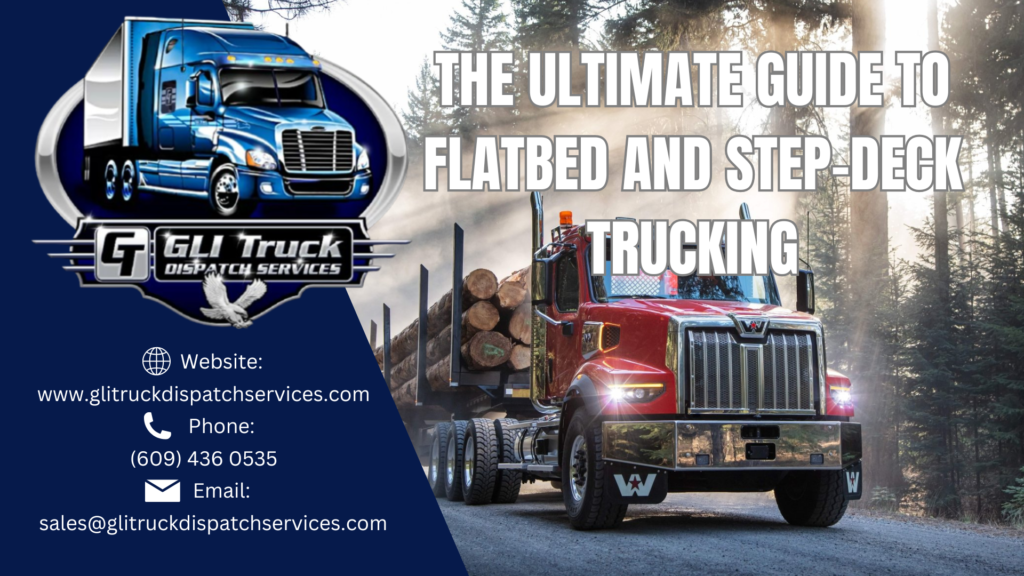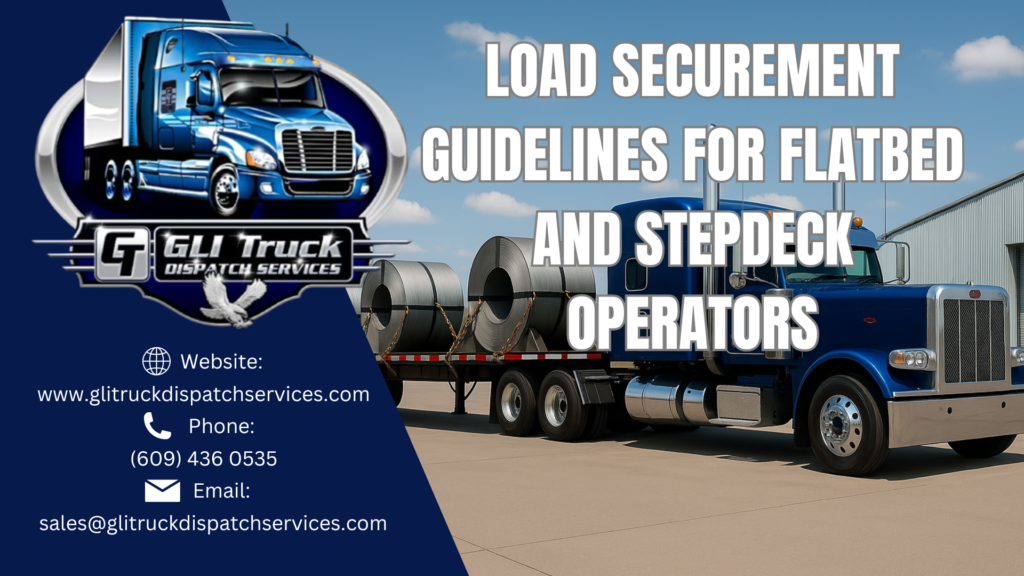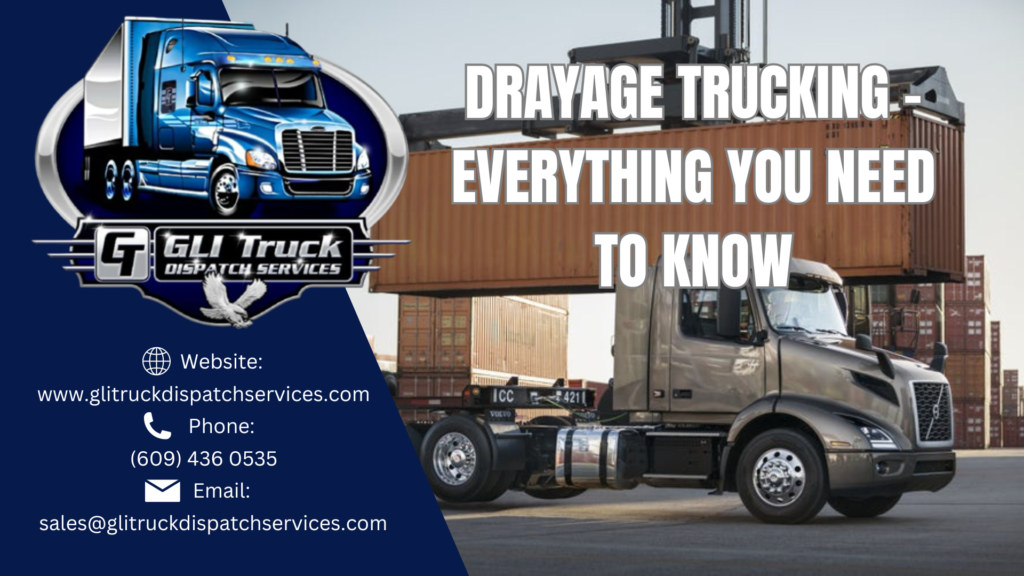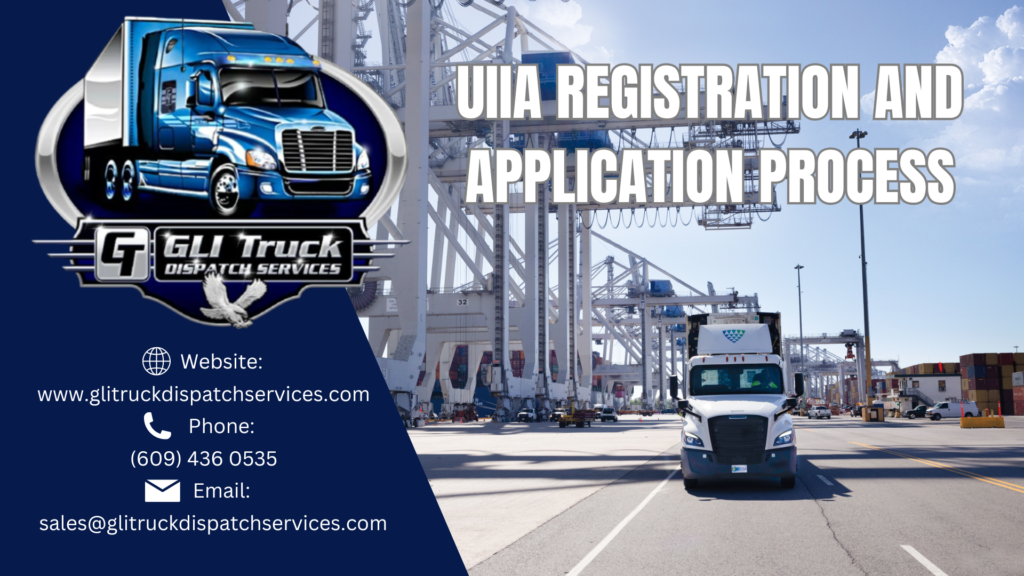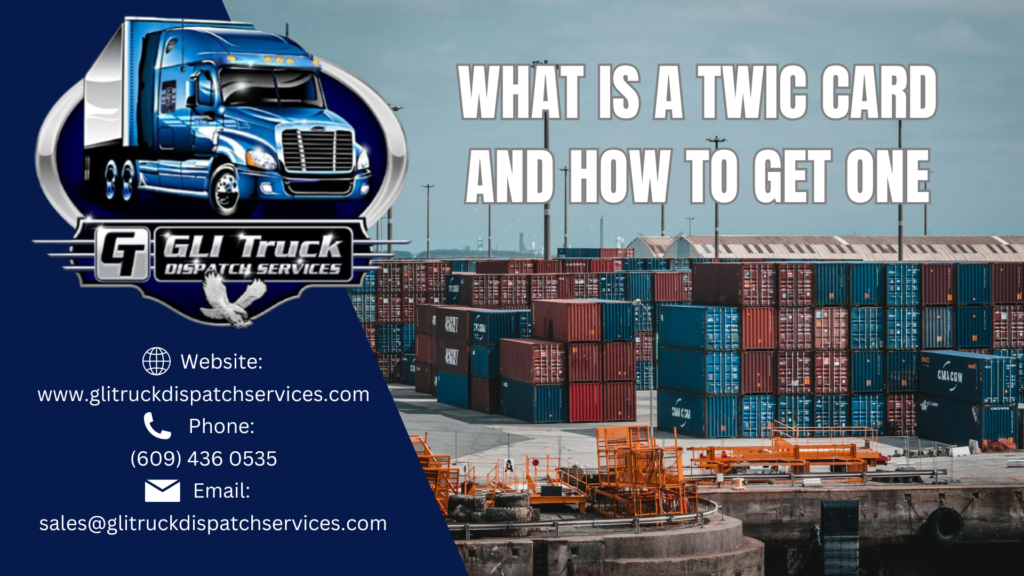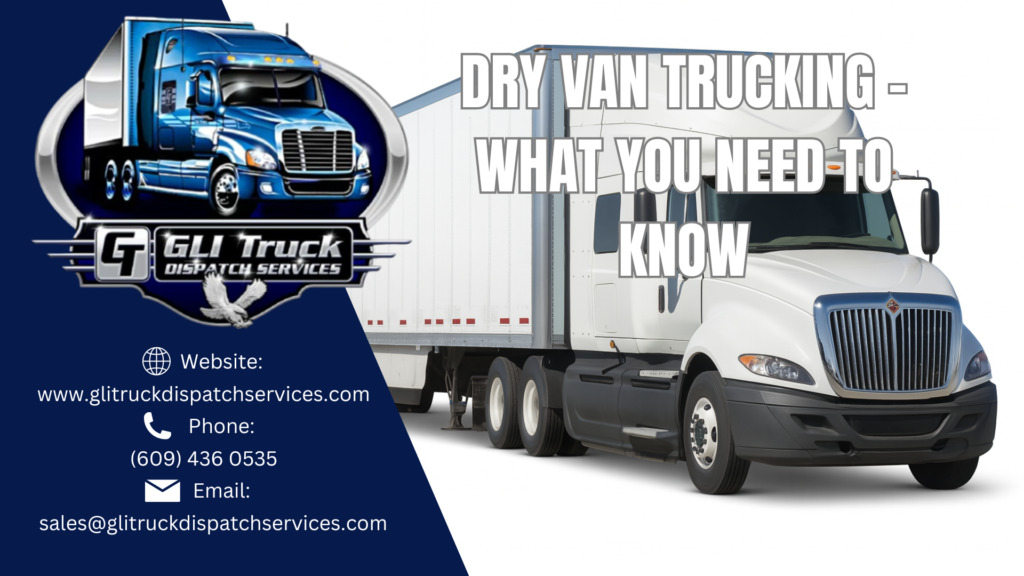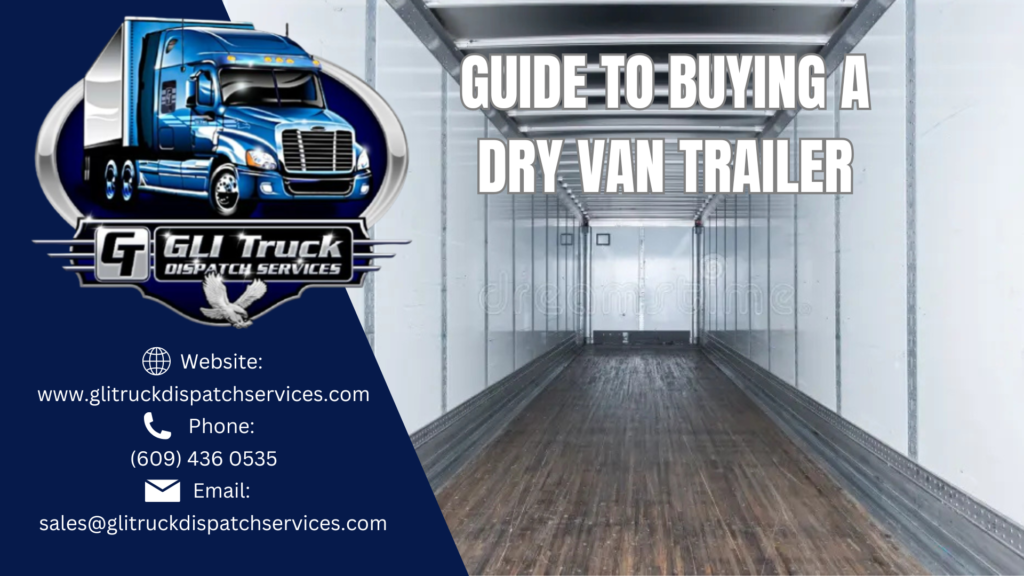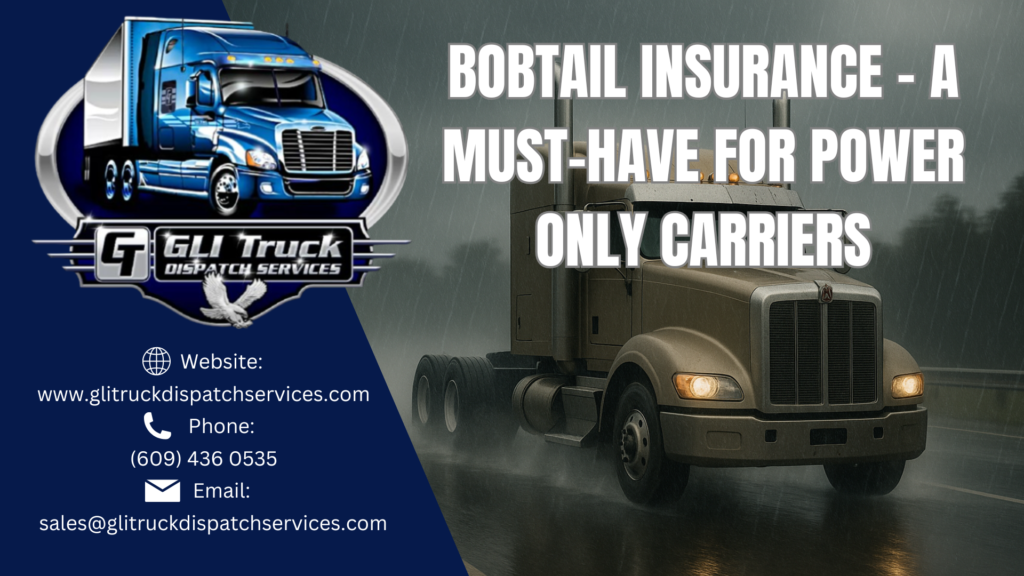The Ultimate Guide to Flatbed and Step-Deck Trucking
Flatbed and step-deck trucking play a vital role in freight transportation across North America. These open-deck trailer types are indispensable for moving oversized, irregular, or heavy cargo that can’t fit inside standard dry van trailers. Whether you are a shipper planning your next heavy haul or a carrier looking to expand your equipment options, understanding …
The Ultimate Guide to Flatbed and Step-Deck Trucking Read More »

